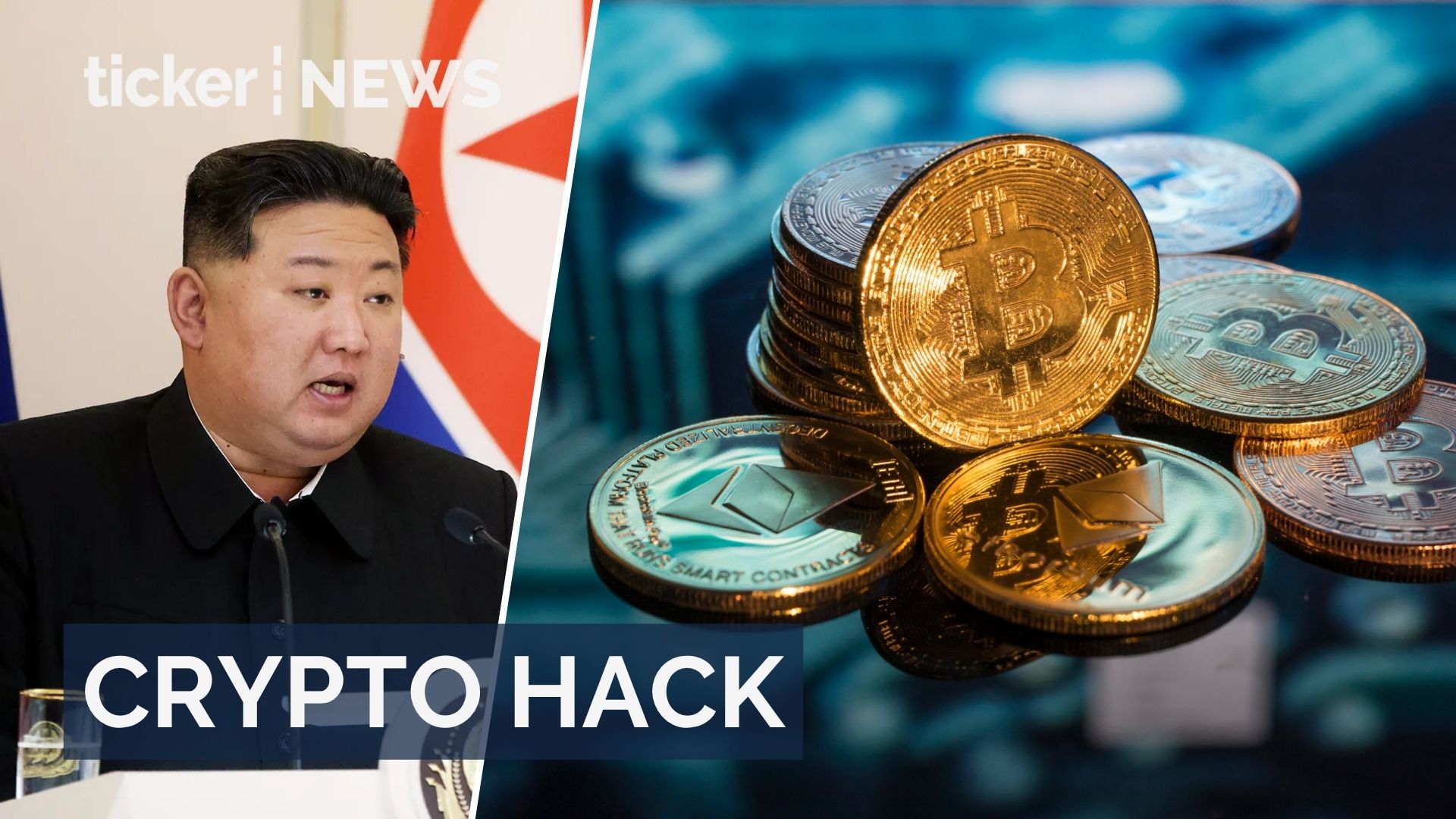Money
What’s the real reason for rising energy costs?


Money
Gold plunges as investors react to Middle East ceasefire
Gold prices fall over 2% to below $4,000, as investors shift from safe-haven assets after Gaza ceasefire news.
Money
Gold and silver prices drop after Gaza ceasefire
Gold dips below $4,000/oz amid profit-taking and Gaza ceasefire; silver also softens from record highs
Money
North Korean hackers steal $2 billion in crypto
North Korean hackers steal over $2 billion in cryptocurrency, marking the largest annual total in history
-



 Tech1 day ago
Tech1 day agoHollywood agencies criticise OpenAI’s Sora for exploitation
-



 Money2 days ago
Money2 days agoNorth Korean hackers steal $2 billion in crypto
-



 Leaders3 days ago
Leaders3 days agoSimple messaging solutions for small business owners
-



 News5 days ago
News5 days agoBig tech’s influence on copyright threatens Australian creators
-



 Money1 day ago
Money1 day agoGold and silver prices drop after Gaza ceasefire
-



 Money22 hours ago
Money22 hours agoGold plunges as investors react to Middle East ceasefire
-



 News2 days ago
News2 days agoGoogle leads Australia media tax rankings
-



 News4 days ago
News4 days agoNew Ticker TV show The Connector launches to bridge Australia-UK









